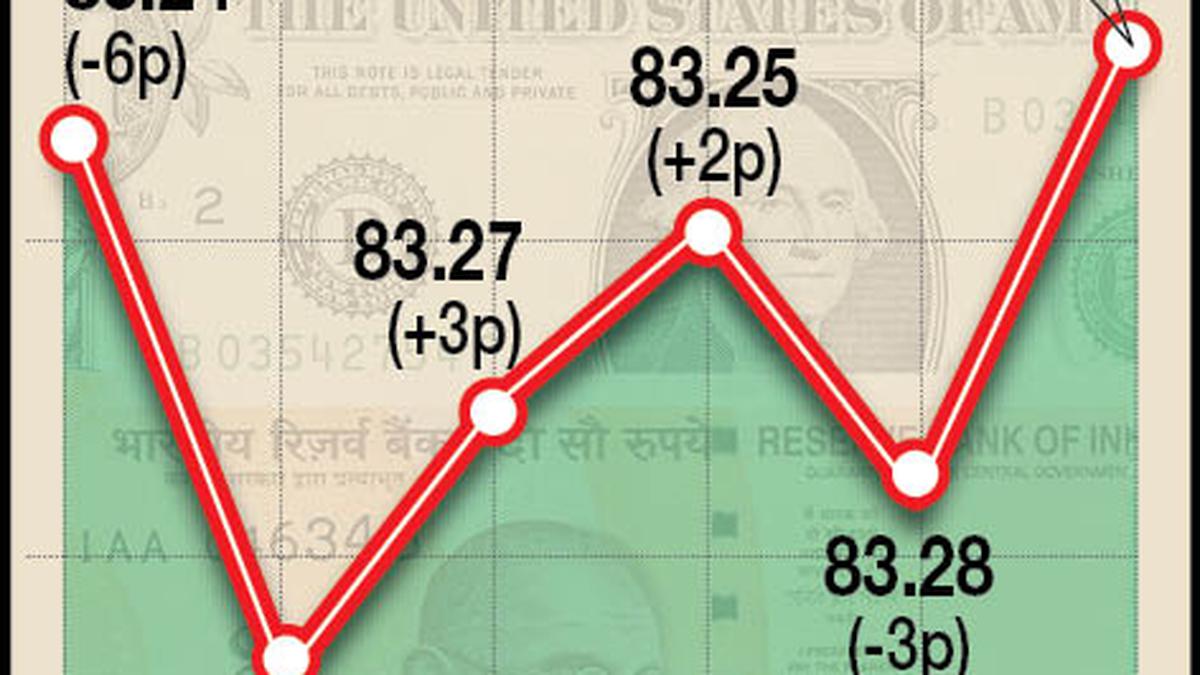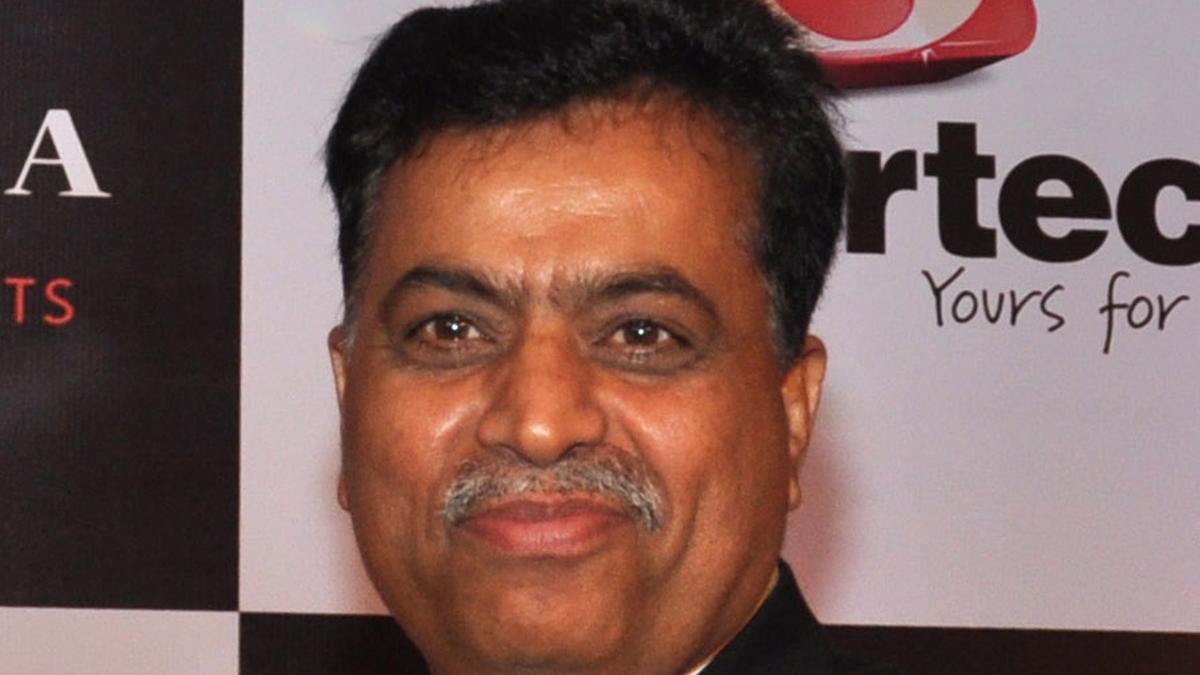A view of an Apple reseller showroom in Mumbai. File
| Photo Credit: Reuters
US smartphone major Apple assembled 14% of global iPhones in India in FY24 and the country’s ranking in global electronics export improved by four positions, Economic Survey 2023-24 said on July 22.
The Survey, tabled in Parliament by Finance Minister Nirmala Sitharaman, said that the mobile phone segment within the electronics sector has experienced the maximum growth with exports to the U.S. rising from $2.2 billion in the financial year 2022-23 to $5.7 billion in FY24.
“Apple assembled $14 billion worth of iPhones in India during FY’24, constituting 14% of its global iPhone production,” the Economic Survey said citing third-party data.
Foxconn has started production of Apple mobile phones in Karnataka and Tamil Nadu, it added.
“India’s share in world electronics exports has improved from 0.63% in 2018 to 0.88% in 2022. As such, India’s exports (ranking) rose from 28th in 2018 to 24th in 2022 in global electronics exports. The share of electronics goods in merchandise exports of India rose from 2.7% in FY’19 to 6.7% in FY’24,” the survey said.
The survey recorded that India’s electronics manufacturing sector has experienced significant growth since 2014, accounting for an estimated 3.7 per cent of the global market share in FY22.
At the same time, the industry contributed 4% to India’s total GDP in FY22.
“Domestic production of electronic items increased significantly to ₹8.22 lakh crore, while exports rose to ₹1.9 lakh crore in FY’23. India has become an attractive destination for investments in this sector, and substantial manufacturing capacities have been established in the country over the past five years,” the survey said.
The economic survey sees smartphone manufacturing as one of the key sector when it comes to riding on geopolitical sentiments among global companies around “China plus one” strategy.
“In the electronics sector, there is a focus on smartphone manufacturing and assembly. The government’s PLI scheme, including tax breaks and subsidies, plays a significant role in attracting companies. The rise in India’s domestic smartphone demand is also a key factor in companies’ decisions to invest there,” the report said.
The survey said that while India may not be an immediate beneficiary of the trade diversion from China, it has witnessed a substantial increase in its electronic exports over time due to the roll-out of the PLI scheme.
“The implementation of the PLI scheme has been a key driver of this growth. For instance, India’s electronic exports to the US have transitioned from a trade deficit of $0.6 billion in FY17 to a trade surplus of $8.7 billion in FY’24, underscoring a significant increase in value addition,” the report said.
The survey cited a study by Centre for Development Studies which shows that there has been a significant increase in domestic value addition (DVA), employment, wages and salaries in the mobile manufacturing segment since FY17.
“The share of DVA in mobile phone output rose from an average of 8.7% in FY’17 to FY’19 (Phase 1) to 22% in FY’20 to FY’22 (Phase 2), indicating considerable increase in local participation,” the survey said.
It said that while the DVA as a ratio of exports may be low, participating in global value chains (GVC) increases in overall value added because of economies of scale in manufacturing for the vast global market.
“The direct workforce in the production of mobile phones has more than tripled between FY’17 to FY’22, particularly benefiting female blue-collar workers. Wages and salaries increased by 317 per cent between phase 1 and phase 2,” the survey said.












